
Lichtjahre entfernt
Geben Sie die Entfernung „Lichtjahr“ in Kilometern an.
Ebenso die Entfernung Lichttag, Lichtstunde und Lichtsekunde.
Autor: Michael Kiffmann, M03. Photo by Jake Weirick on Unsplash.

Geben Sie die Entfernung „Lichtjahr“ in Kilometern an.
Ebenso die Entfernung Lichttag, Lichtstunde und Lichtsekunde.
Autor: Michael Kiffmann, M03. Photo by Jake Weirick on Unsplash.

Ein Stein wird um 20 Meter hochgehoben, er hat die Masse von 30 kg.
Frage: Welche potenzielle Energie hat man dem Stein zugeführt?Noch eine Frage: musste man, wenn man ein Haus gebaut hat, wirklich jedem einzelnen Stein und Holzbalken eine potenzielle Energie zuführen, um diesen Teil an seinen Ort zu bringen?
Autor: Michael Kiffmann / M01. Photo by Alexander Tsang on Unsplash.

Theresianumgasse zwischen Prinz Eugen Straße und Argentinier Straße, Abstände der parkenden Autos in Meter (m), gemessen mit einem Laserentfernungsmessgerät am Mittwoch, 6. Mai 2020 um 17:30 Uhr. Alle Abstände zwischen geparkter Autos wurden gemessen, nicht aber, wenn ein Motorrad an ein Auto angrenzt, oder das Auto mit einer Seite an einem Parkverbot steht.

a) Wie groß ist die Summe aller Abstände?
b) Wie groß ist der durchschnittliche Abstand?
c) Wie viele Prozent der Abstände liegen unter 1 Meter?
d) Welcher Minimalabstand zwischen zwei Autos ist sinnvoll?
e) Minimalabstand zwischen zwei Autos vorausgesetzt, wie viele Autos hätten in der Gasse noch Platz?
Immer noch interessiert? Analysieren Sie die Abstände. Wie sind sie verteilt? Bereiten Sie einen Bericht an die Bezirksverwaltung über die Abstände der parkenden Autos vor. Können Sie Ihre Aussagen mit Grafiken unterstützen?
Autor/Fotos: Lothar Bodingbauer.

Was braucht es für einen Regenbogen?
Regen. Und die Sonne. Wir überprüfen das: gib den Regen weg – kein Regenbogen. Gib die Sonne weg, und lass den Regen – kein Regenbogen. Es braucht also Sonne und Regen.
Genau genommen die Sonnenstrahlen und die Regentropfen. Die Sonnenstrahlen bestehen aus vielen verschiedenen Farben. Die Regentropfen machen diese Farben sichtbar. Wenn alle Farben durch den Regentropfen scheinen, werden sie von ihrem geradlinigen Weg abgelenkt. Sie werden gebogen. Man sagt auch „gebrochen“. Das funktioniert bei blauem Licht besser als bei rotem Licht, und gelb und grün, na ja, so in der Mitte. Was also aus dem Regentropfen herauskommt ist das aufgefächerte Licht. Ein Zuschauer in der Nähe – Du – kannst es sehen. Und zwar nur jenes Licht, jener Regentropfen, die in einem bestimmten Winkel zur Sonne stehen. Und alle diese Tropfen unter diesem Winkel befinden sich auf einem Bogen. Voila. So entsteht ein Regenbogen.
Regenbogenfarben aber, die gibt es auch ohne Bogen:
Photo by Greg Nunes on Unsplash
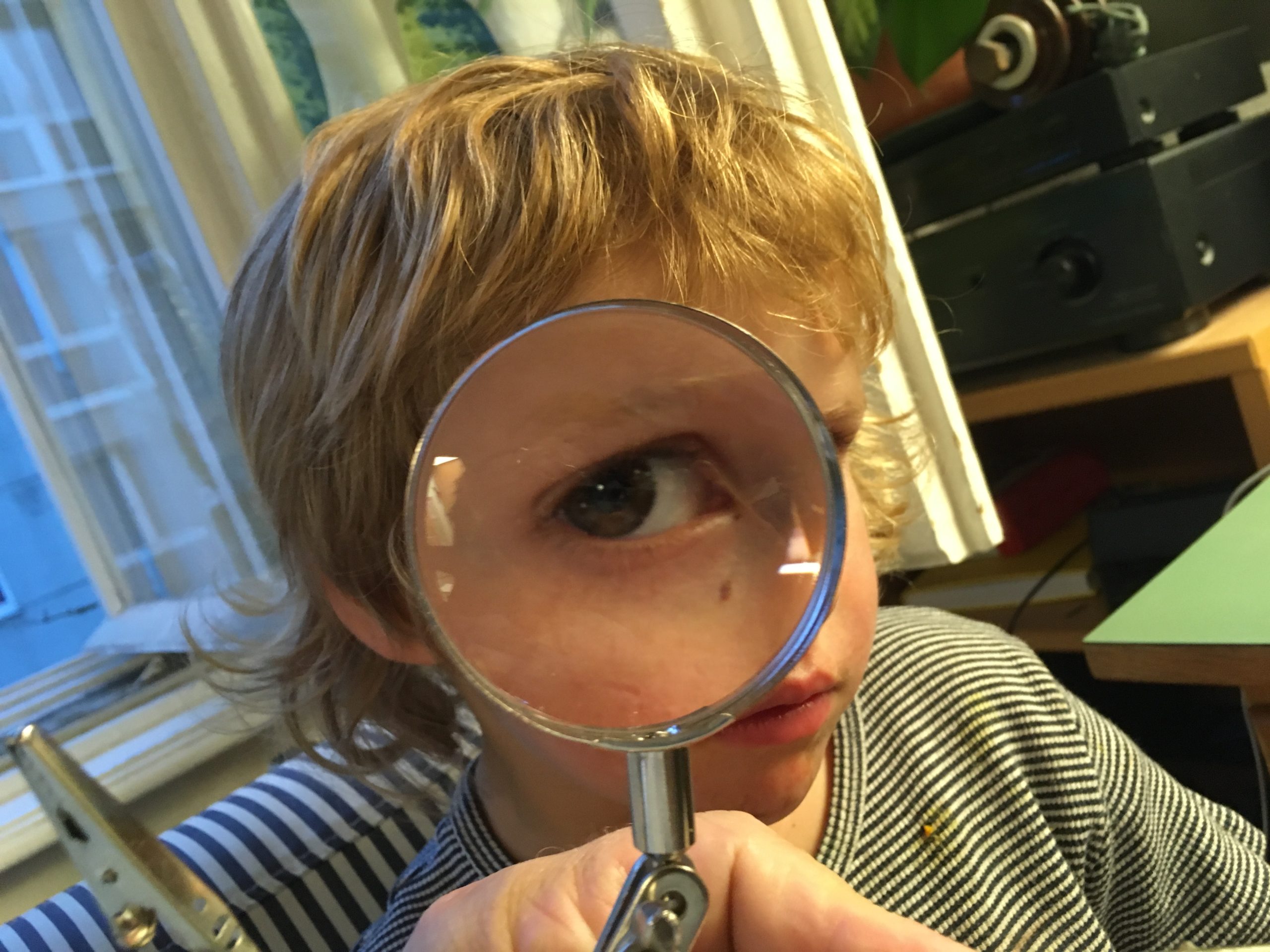
Wir zeigen Ihnen hier, wie Sie einfache Fragen selbst stellen können. Was Sie tun können, um Sie sie zu beantworten. Wie Sie die Wissenschaft dabei entdecken. Und wie Sie daraus eine VWA machen können: eine Vorwissenschaftliche Arbeit als Teil der österreichischen Reifeprüfung.
Hier geht’s entlang … Klicken Sie, um zum 10-Punkte-Plan VWA zu kommen
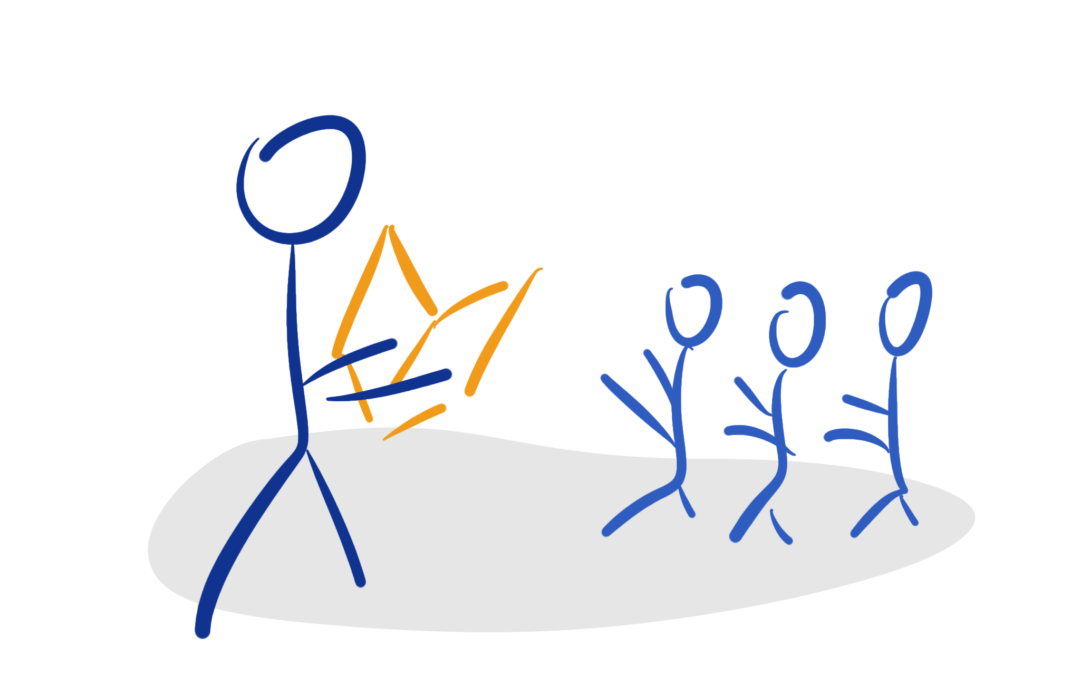
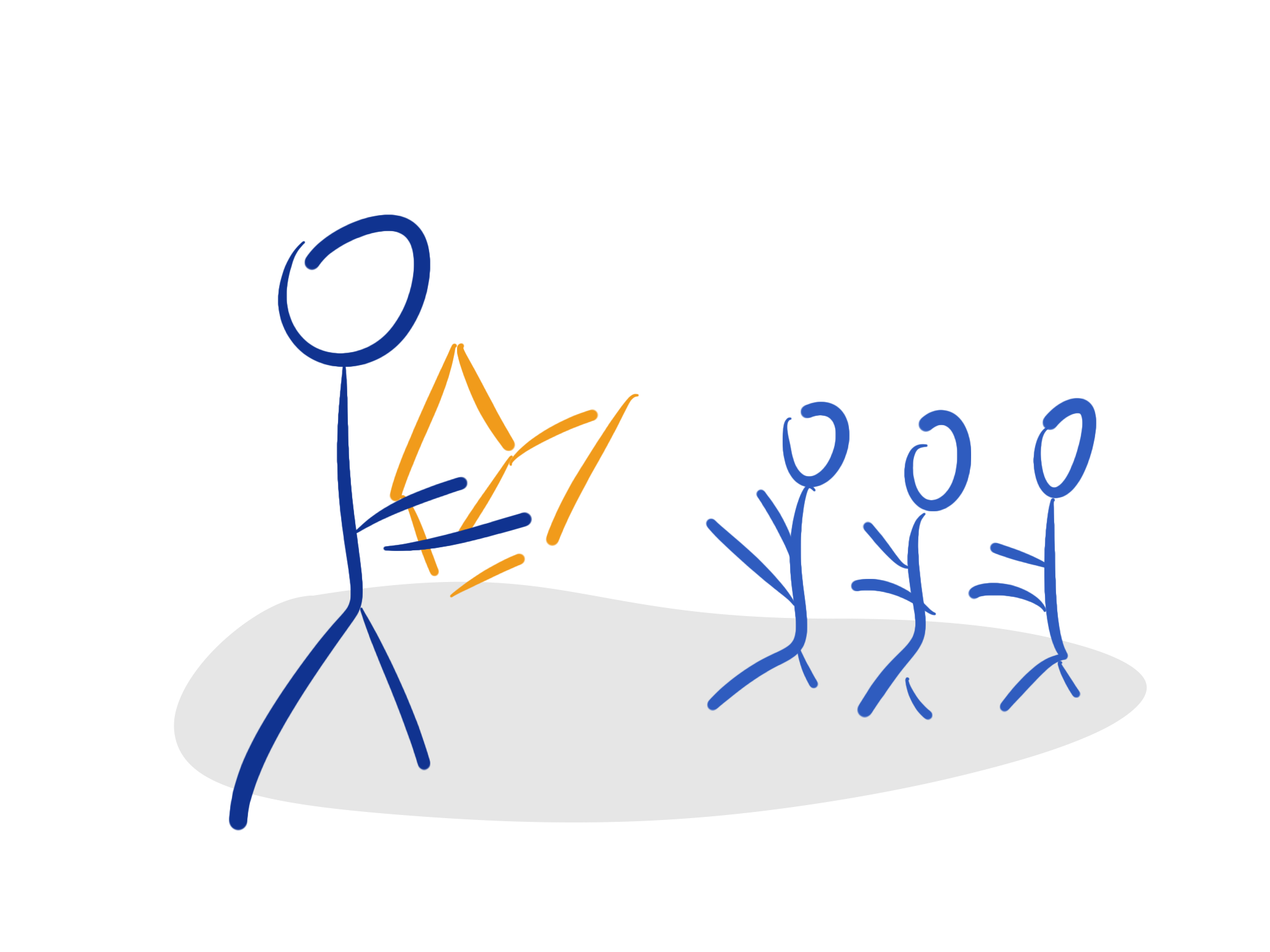
Why? Children love to hear if someone is reading stories, poems and documentary reports. Elder students will remember.
When? Any time – but best if you introduce a new topic to wake up the curiosity of the students.
How? Choose a to the introduced new topic connected story, documentary report, newspaper article or any other written report which is connected to the topic.
Any risks? Those readings can be very boring if the story gets too long. If you choose this methodology try to read the story or report at home some times before you read it to class. This prepares you to know content and storyline so you can look up, build tention and get some eye contact while reading.
%


Time needed: 10 to 45 min
Why? Role-play is an excellent way to practice language in situations closer to real life than usual language practice in class room allows. It does not only train fluency but also involves the use of language and body language: gesture, facial expresion, body distance, intonation, connected speech, contractions and so on. Additionally it is great fun.
When? Whenever you want students to practice and train specific elements of language like new lexis, grammatical constructions, functional language.
How? In pairs, in groups. Introduce the situation, the roles. Who are they, what are they supposed to do? Prepare words and language the students will need for their roles. Useful language and possible mistakes can be discussed before and after. Make sure the students understand the context and what to do. Optional: Hand out role cards with information about the character. Give students some time to prepare their roles and the use of language in small groups. During the role-play, don’t interrupt for corrections but take notes. After each role-play, involve other students to respond what they saw – give feedback yourself.
Any risks? Give some time for preparation and response. Otherwise, the only risk is to have fun! Plan a cool-down period after the role-play.
%

Time needed: 1 to 5 min
Why? Students, teachers and classroom need to relate school to real life. Everyone has different mental representations about an object, if you show it, you can share it. Book-pages are 2-dimensional, but objects are 3-dimensional. They have a shape, they give you a feeling when you touch them, and sometimes they smell. Things attract many senses, so by using them it is a lasting way to teach and learn.
When? Whenever you can bring an item and show it to students, do it.
How? Bring an item, and show it when you need it. Let it pass through.
Any risks? No risks to but big affect. Small risk for breaking and distraction, when the object passes through the students.
%
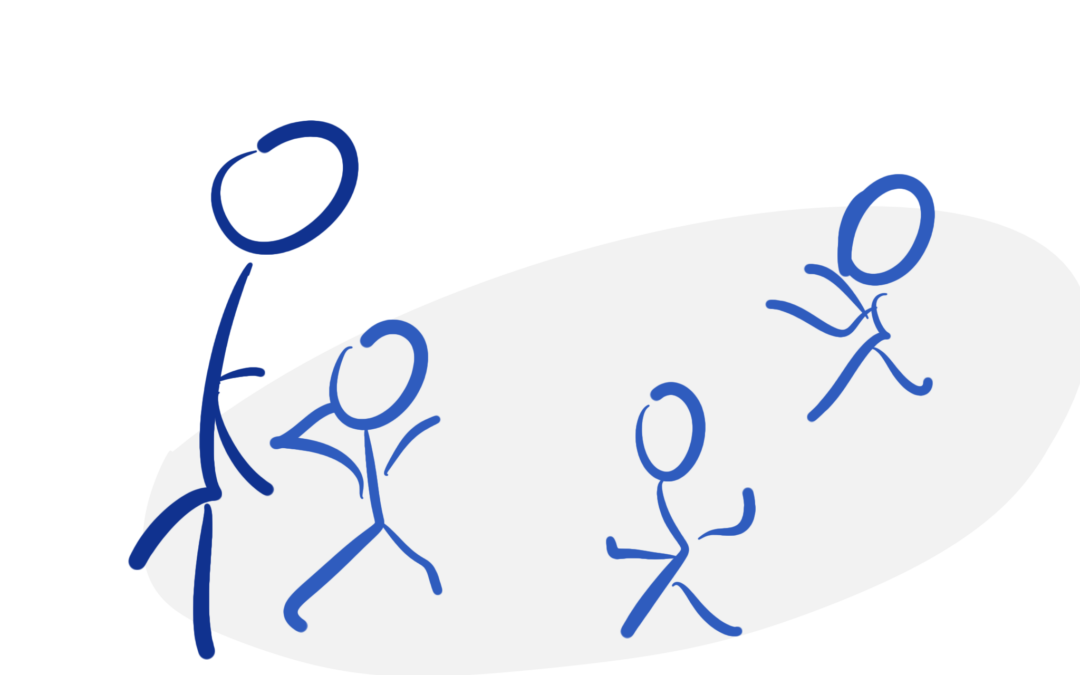
Time needed: 5 to 20 min
Why? Students have different speeds in doing exercises. Whenever they work alone they can choose their personal speed.
When? After introduction of a topic you can do some exercises together on the whiteboard, and after that everyone can do exercises by her/himself.
How? Write down the exercises or book information on the whiteboard and tell students about the designated time to work on them. Tell them they should work at their own speed and that it is better not to finish alls tasks than not to do all exercises properly. Encourage them to indicate when they have problems.
Any risks? Don’t forget students who never ask for help. Make sure you checked every student if he or she is on track. However, as a teacher you can‘t be everywhere. You don‘t have to answer every individual question by yourself. If there is a student already who knows how to do it, ask him or her to become an expert to help a student who can‘t do this very exercise.
%
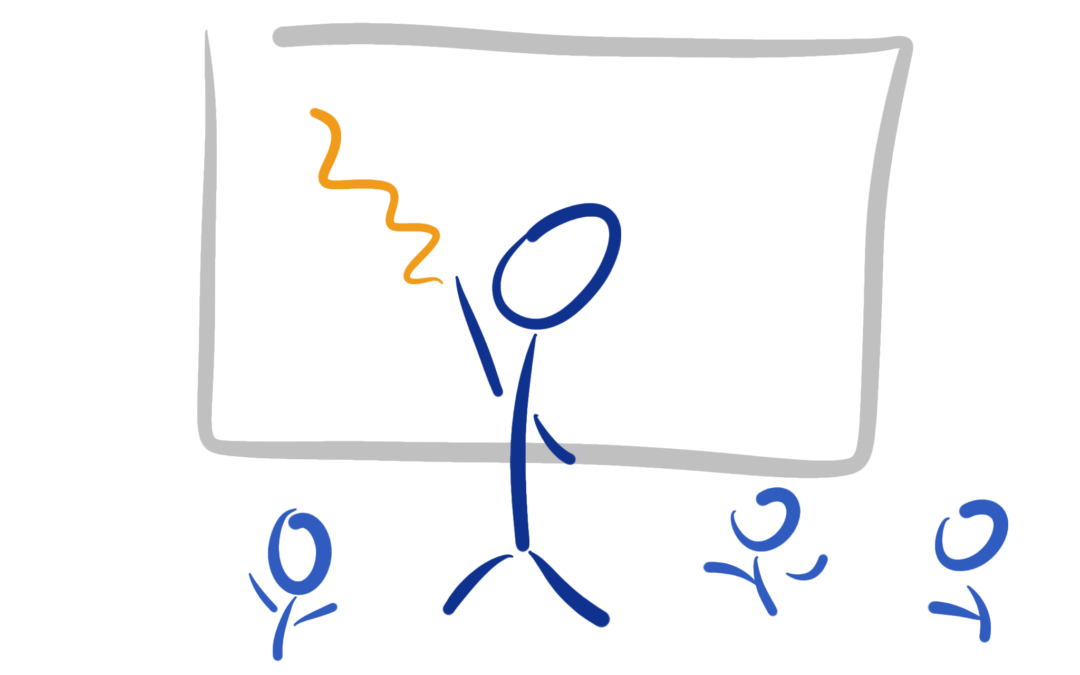
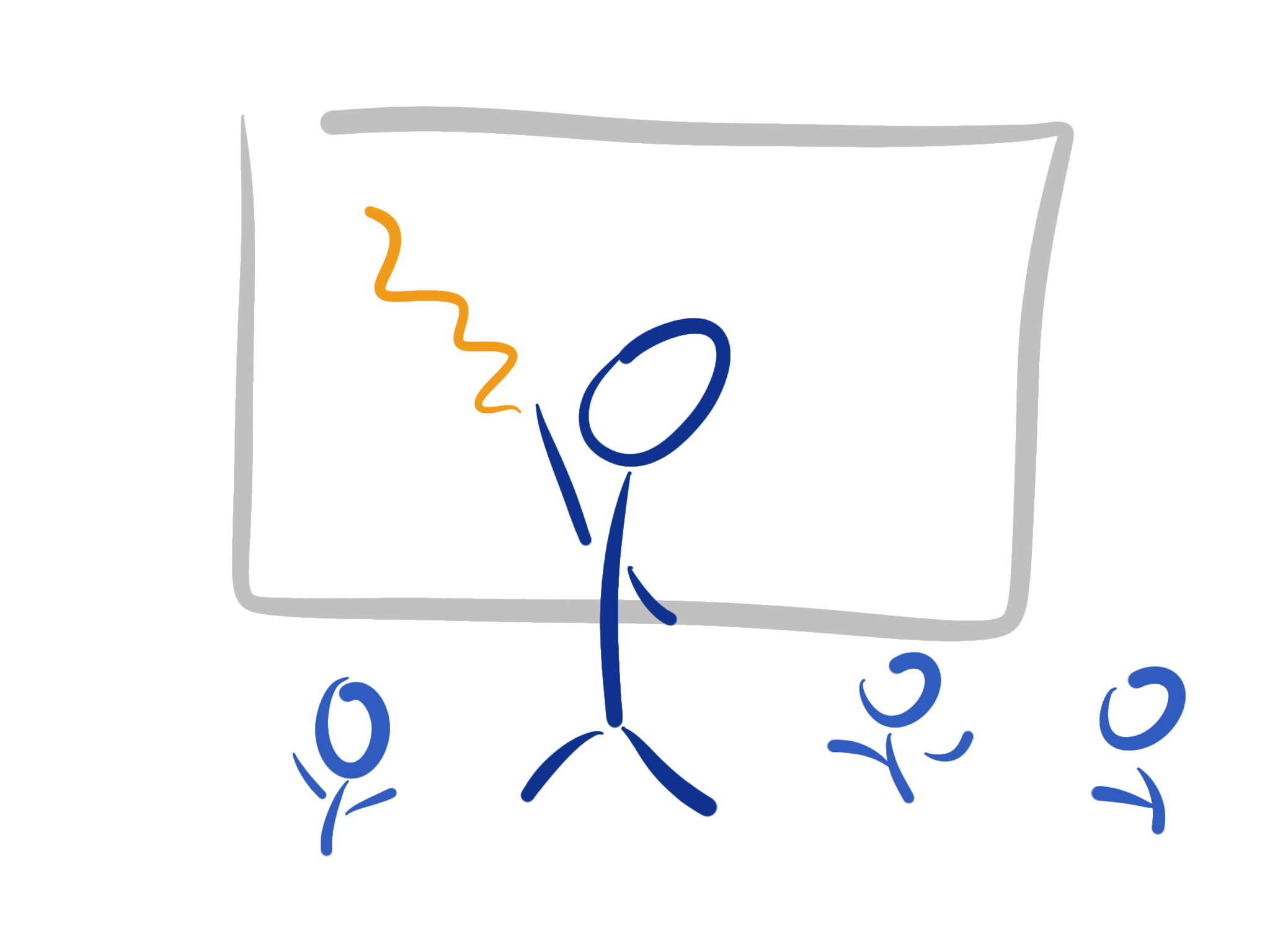
Time needed: 1 to 5 min
Why? Visualized content helps students draw a personal mind map.
When? How do things or systems work? Whenever there are interdependencies between more than one elements you can draw a graphic on the whiteboard.
How? Make sure you have drawn the graphic before in your lesson preparation. In class develop the graphic gradually on whiteboard. Don’t add too much text. You can ask students to copy the graphic after you have finished or ask them to draw it parallel to you.
Any risks? Make sure your graphic is biiiiig and easy to see. Trash or refill old whiteboard pens immediately.
Develop and maintain a book of visual vocabulary. How does your standard „person“ look like. How do you draw a car. A smart idea. A turning point. You don’t have to look those drawings up from existing sources rather try to find your personal style. Try to learn „sketch-noting“ where you find plenty of ideas for your visual/graphic vocabulary.
Every narration has a visual layer. If you draw certain elements of it to a surface the eyes of your audience are guided along the flow of your words. Show the power of your visual vocabulary.
%
Drawing makes you see things clearer, and clearer, and clearer still. The image is passing through you in a physiological way, into your brain, into your memory – where it stays – it’s transmitted by your hands.


Time needed: 1 to 5 min
Why? Visualized content helps students draw a personal mind map.
When? How do things or systems work? Whenever there are interdependencies between more than one elements you can draw a graphic on the whiteboard.
How? Make sure you have drawn the graphic before in your lesson preparation. In class develop the graphic gradually on whiteboard. Don’t add too much text. You can ask students to copy the graphic after you have finished or ask them to draw it parallel to you.
Any risks? Make sure your graphic is biiiiig and easy to see. Trash or refill old whiteboard pens immediately.
Develop and maintain a book of visual vocabulary. How does your standard „person“ look like. How do you draw a car. A smart idea. A turning point. You don’t have to look those drawings up from existing sources rather try to find your personal style. Try to learn „sketch-noting“ where you find plenty of ideas for your visual/graphic vocabulary.
Every narration has a visual layer. If you draw certain elements of it to a surface the eyes of your audience are guided along the flow of your words. Show the power of your visual vocabulary.
%
Drawing makes you see things clearer, and clearer, and clearer still. The image is passing through you in a physiological way, into your brain, into your memory – where it stays – it’s transmitted by your hands.
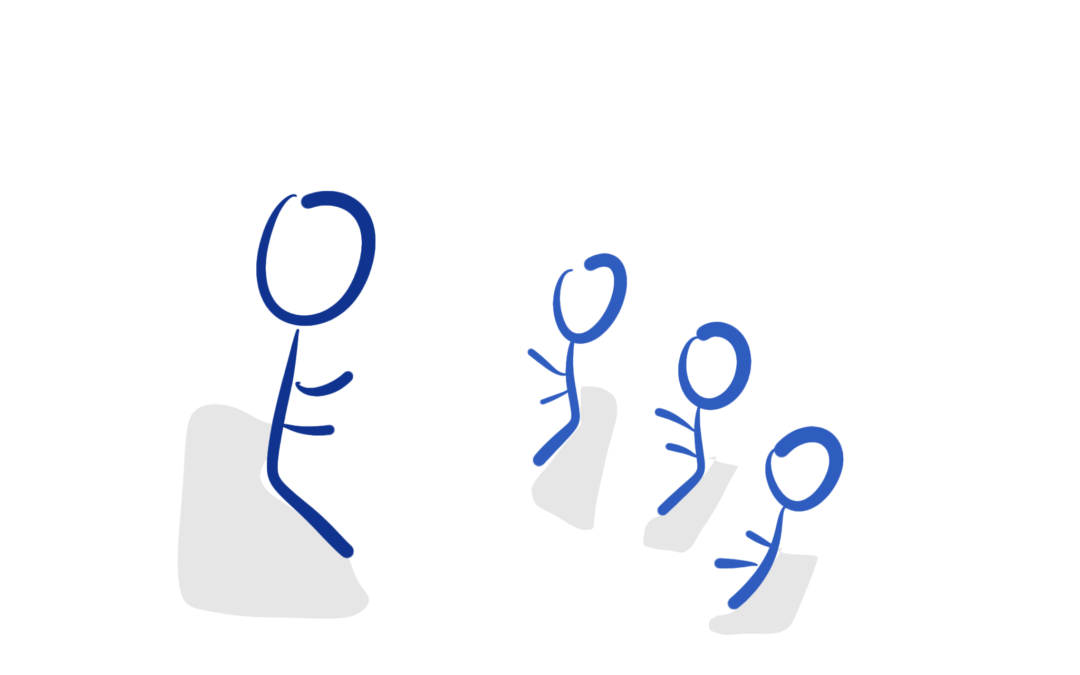
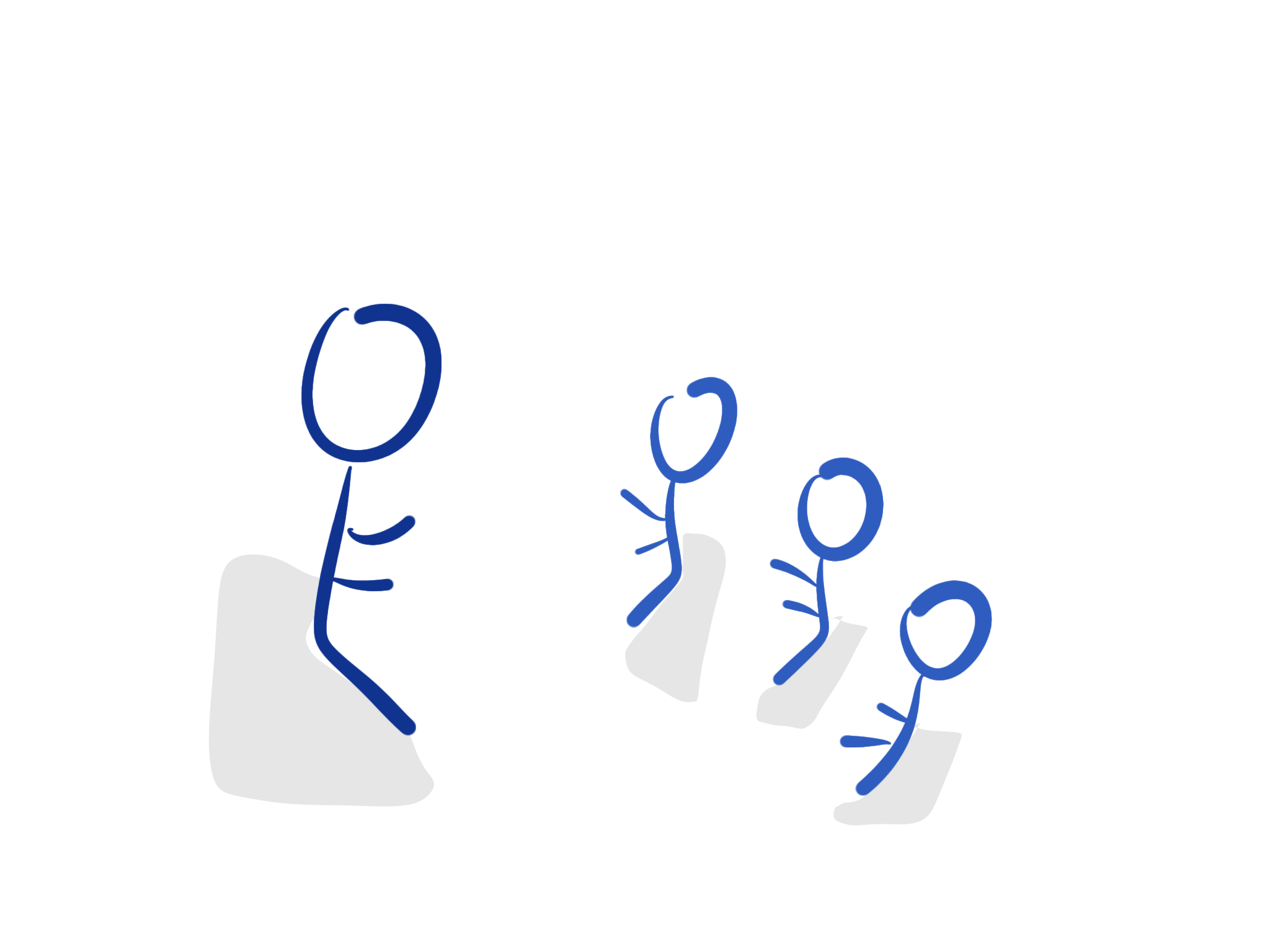
Time needed: 1 to 20 min
Why? Stories help to emotionally attract students to a learning topic.
When? Stories can be told before or during a new learning session. If told before, stories raise attention. Told during or after a period of front-to-back teaching stories allow them to lean back and re-focus on an emotional level.
How? Find one or more characters and let them become alive by telling what happens to them in a certain situation. How do they act and react? What do they feel? What challenges them? How do they overcome a crisis?
Any risks? Give yourself a time limit. Good stories don‘t last forever.
There are many traditions how to craft a story. To improve your personal storytelling try tu understand in which tradition you grew up with. Try to learn at least a different tradition. You could also invite a puppet in your story in order to shift the narrator’s role away fro you to the puppet, or to introduce a second character in your storytelling performance. Reverse-Engineering: Analyse great stories. Why do they work. What ist what attracts you?
Social life is about stories. They’ve been told to endure the winter. The’ve been told to pass traditions. They’ve been told to entertain. Life is story – we listen and we tell.
%
Make up a story. For our sake and yours forget your name in the street; tell us what the world has been to you in the dark places and in the light. Don’t tell us what to believe, what to fear. Show us belief’s wide skirt and the stitch that unravels fear’s caul.


Time needed: 5 to 20 min
Why? Students learn to develop a point of view, articulate an opinion and play an committed role within a group.
When? Discussions can be held before or after students learn something new. If held before, discussions build up motivation to learn – they prepare the mind. If held after, discussions help students to summarize. They make learnt facts active which otherwise they could easily forget.
How? Tell students about the topic you want to discuss and ask for their opinion. Let students give a sign if they want to speak. Make sure only one person speaks at the same time.
Any risks? Teachers should not participate in the discussion as partners, but lead the discussion by asking interesting questions when the discussion gets stuck. Teachers prepare the setting and make sure that everyone is heard. Watch out for those students who never talk and ask for their mind or help to sum things up.
If your students are used to discussions try a different approach on signaling. It’s not necessary you who has to assign the right to talk, but students themself should learn how to engage in the discussion whenever it is possible to do so.
Discussing a topic is a very fundamental process in a democratic society. It allows to develop, share and exchange views on anything wich can be formed in words and signs.
%
Don’t raise your voice, improve your argument.